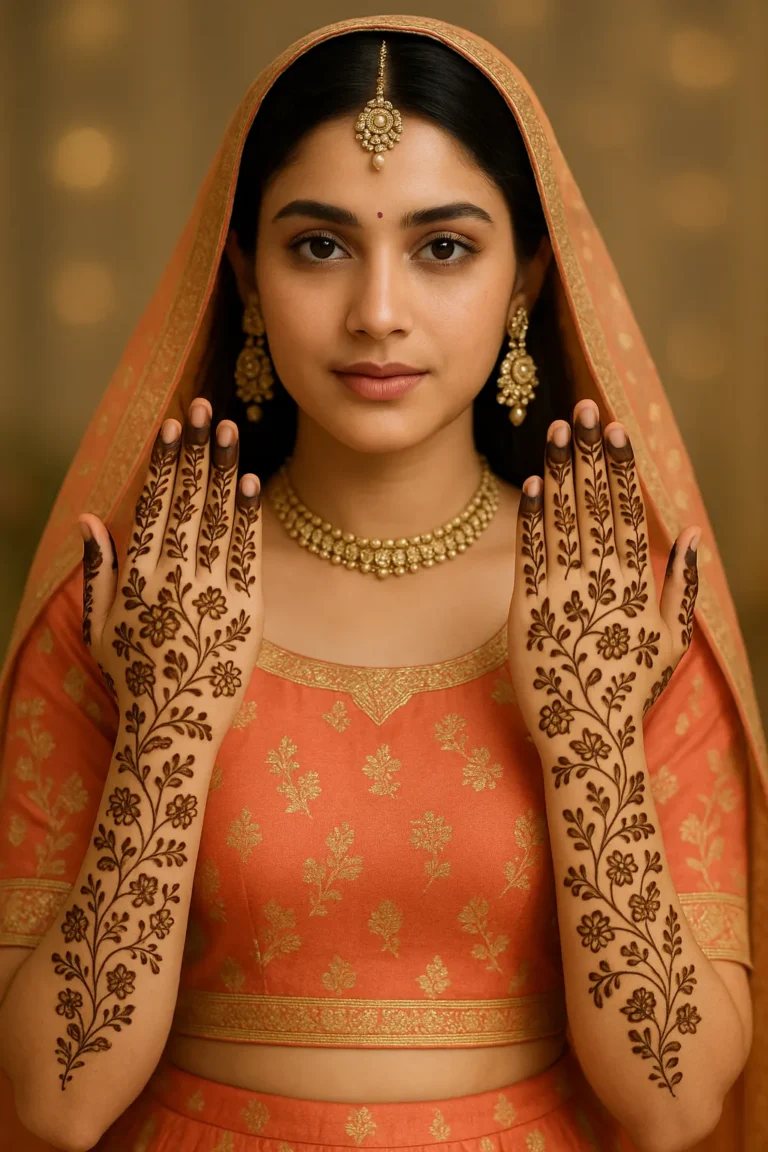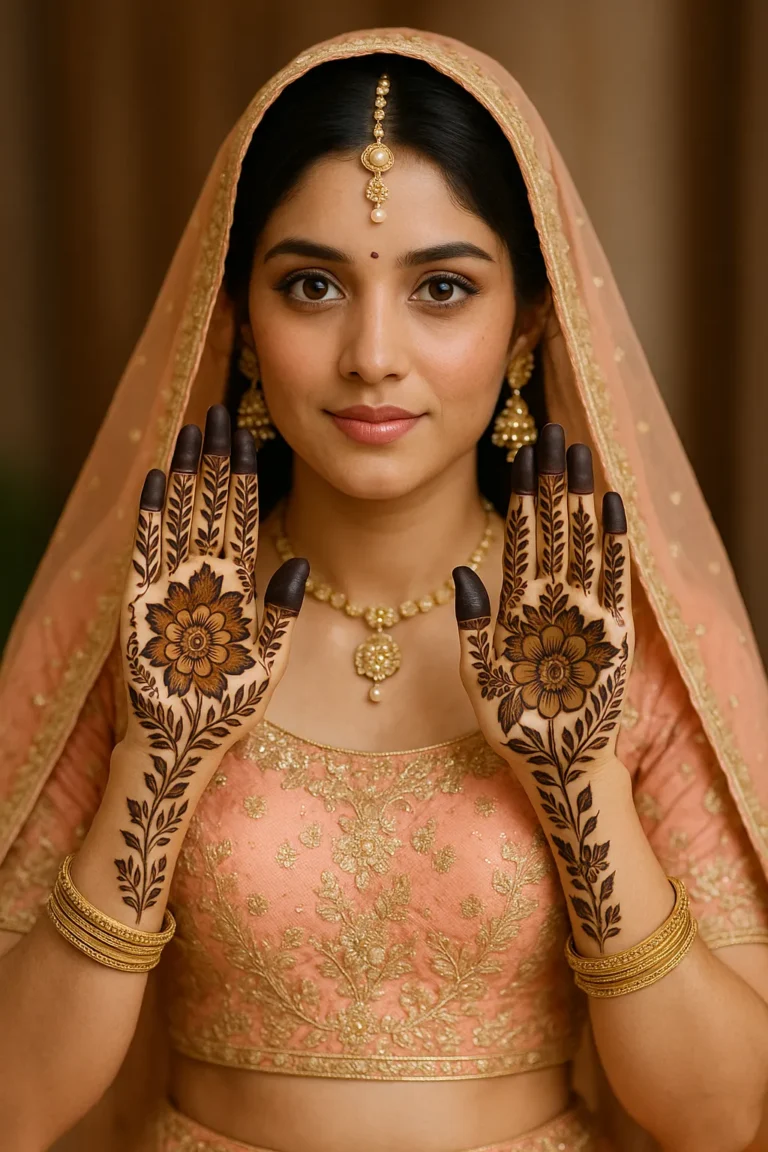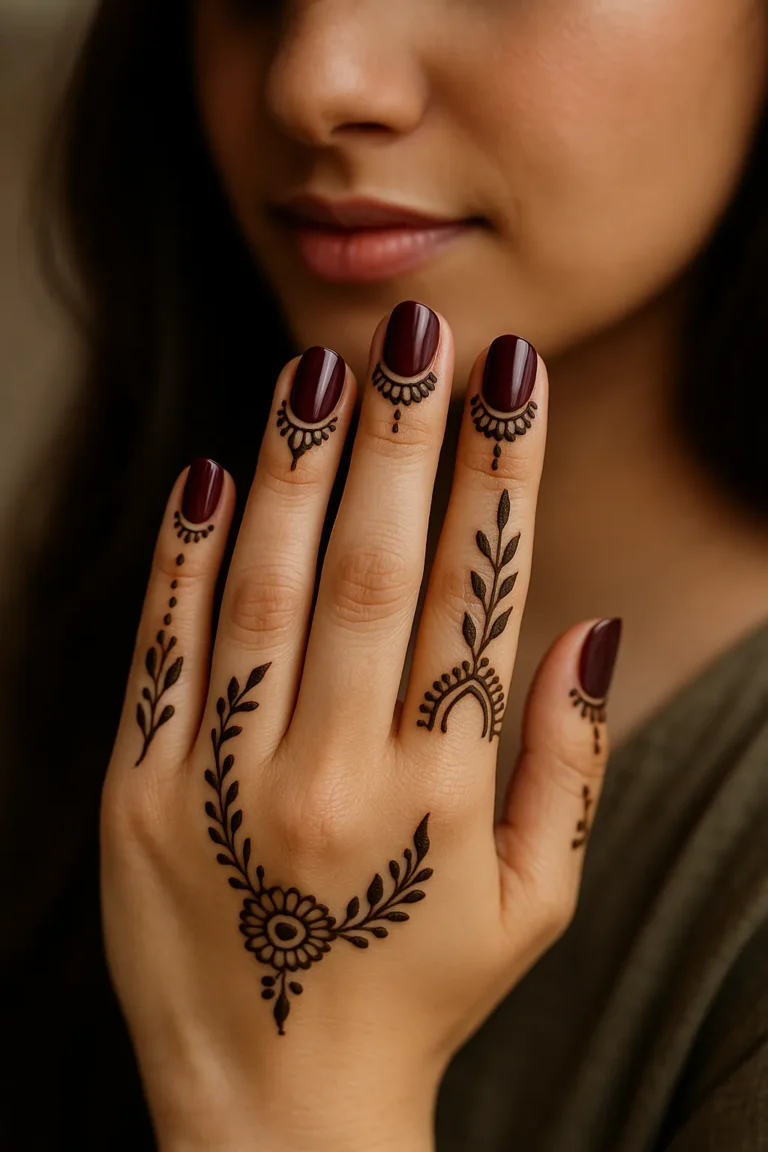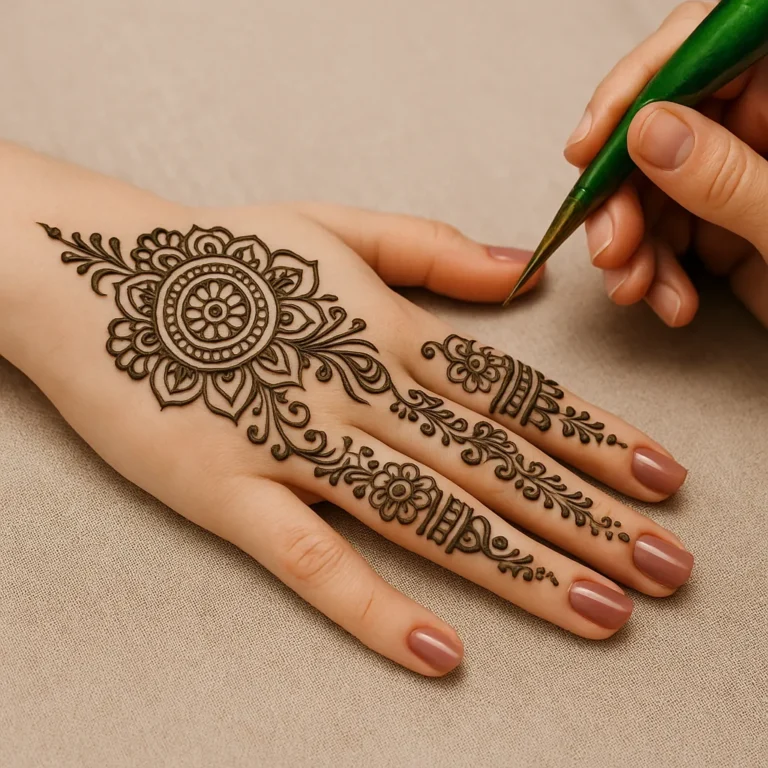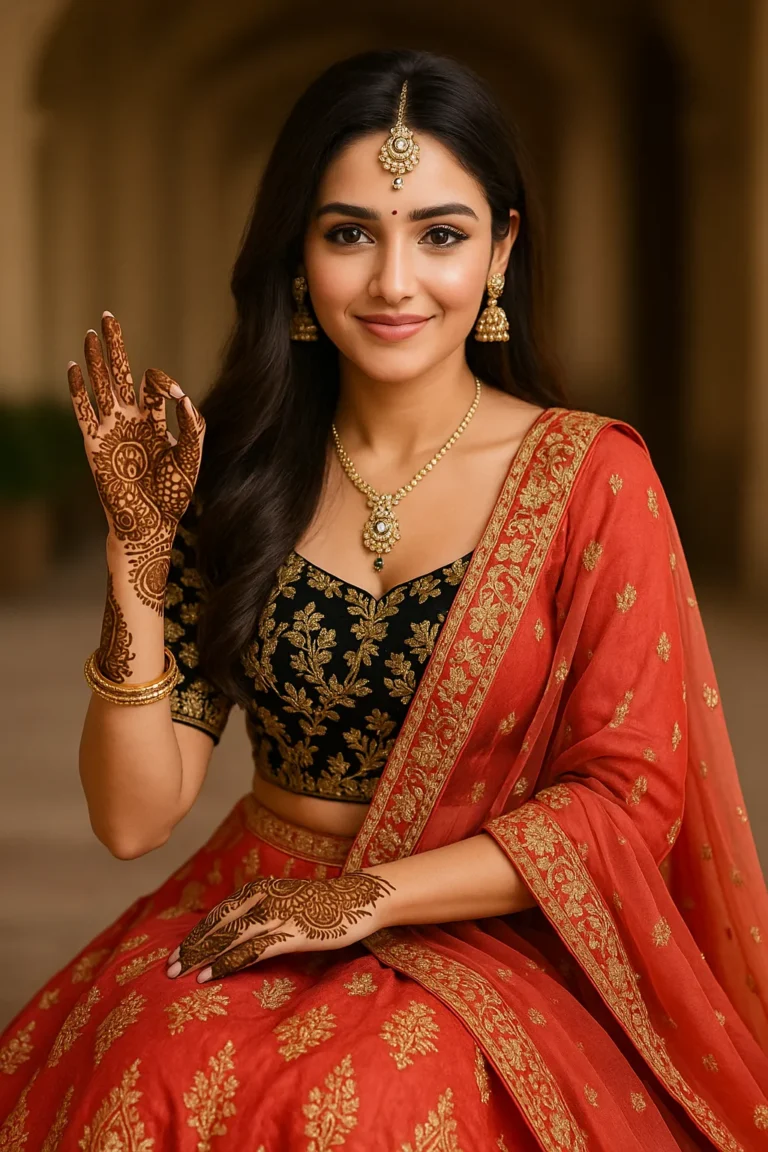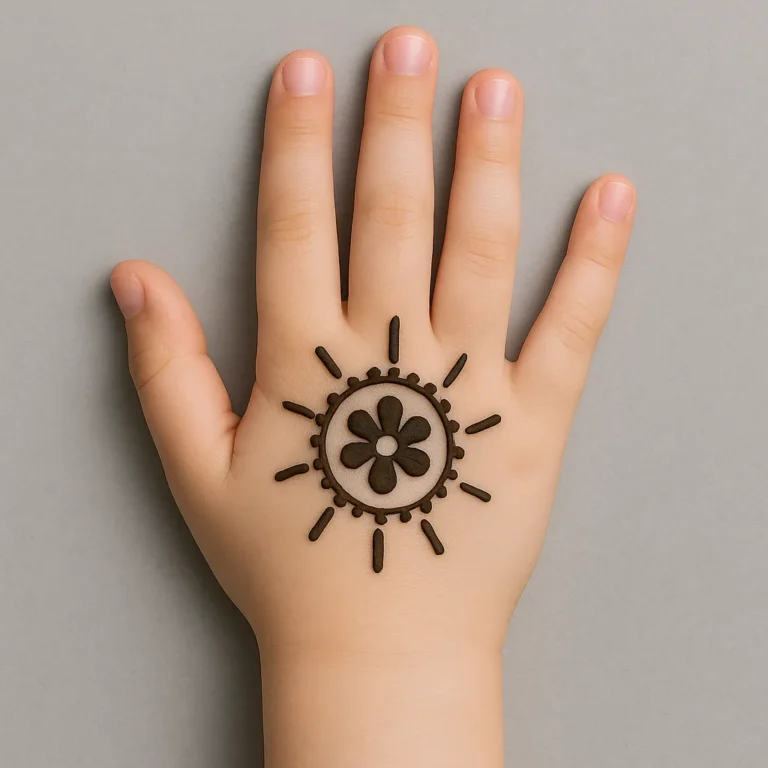What Is Mehndi? Types, History & Modern Styles Explained (2025 Guide)
Mehndi Designs: A Complete Guide to Beauty and Tradition
Mehndi, also known as henna, is a beautiful form of temporary body art made from the powdered leaves of the henna plant. It has been used for thousands of years as a form of celebration, self-expression, and cultural identity. From weddings and festivals to fashion and wellness, mehndi plays a meaningful role in many lives across the globe. Its reddish-brown stain not only beautifies the skin but also tells stories—stories of love, rituals, traditions, and femininity.
🌿 History and Cultural Significance of Mehndi
Historically, mehndi dates back over 5,000 years and was used in regions such as India, Egypt, and the Middle East. In ancient times, it was applied not only for beauty but also for its cooling and healing properties. Brides in India, Pakistan, and the Middle East continue to embrace this tradition, often with elaborate designs that reflect love, luck, and new beginnings.
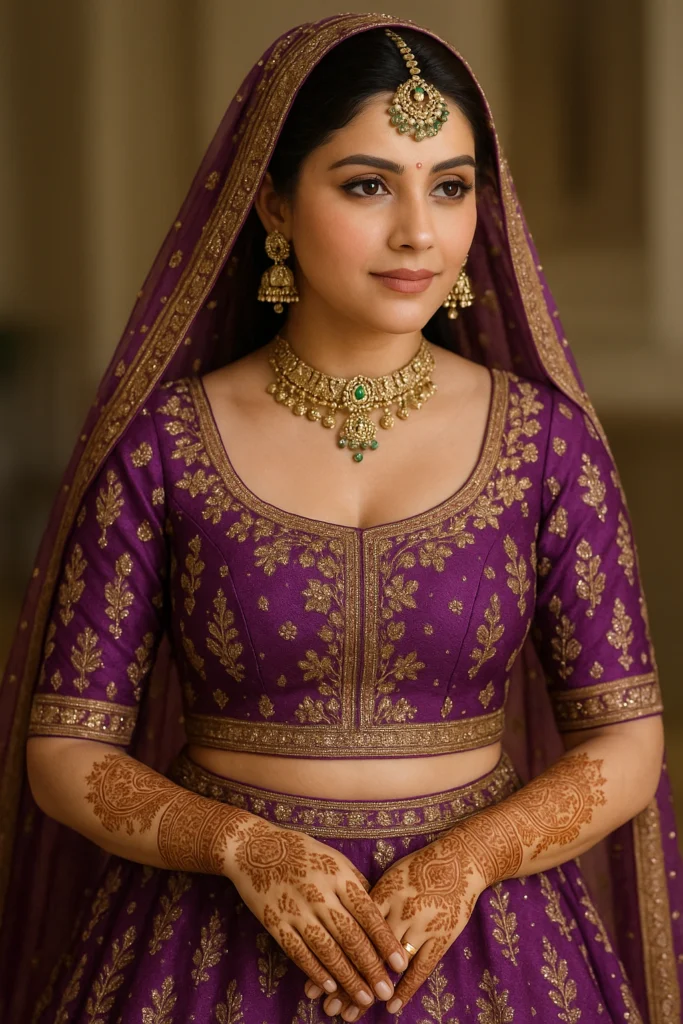
Henna is also used during festivals like Diwali, Eid, and Teej as part of religious and cultural rituals. It symbolizes joy, celebration, and femininity. In North Africa and Arab countries, henna nights are held before weddings as a pre-marriage celebration similar to bachelorette parties in Western culture. These traditions show how mehndi unites people in love and festivity.
Read More: Modern Mehndi Design tips for all beautiful brides.
🎨 Types of Mehndi Designs
1. Indian Mehndi
Indian mehndi is rich in detail and storytelling. Common motifs include paisleys, lotus flowers, elephants, and bride-groom portraits. It’s often used for bridal occasions and may cover hands, arms, legs, and feet. Some regions also include mythological symbols and verses from religious scriptures as part of the design.
2. Arabic Mehndi
Arabic designs are bolder and less dense, featuring flowing vines and floral patterns. These designs leave more skin visible and are quicker to apply, making them ideal for festivals and parties. They are often seen on the back of hands and feet with striking contrasts and broad strokes.
3. Pakistani Mehndi
A combination of Indian and Arabic styles, Pakistani mehndi includes lacework, domes, and detailed symmetrical patterns. It’s commonly seen during Eid and weddings. Pakistani designs are known for their elegance, depth, and spiritual elements, making them perfect for religious celebrations.
4. Moroccan Mehndi
With geometric shapes and tribal influences, Moroccan mehndi stands out for its structured symmetry and clean lines. This style has gained popularity among Western audiences for its unique, minimalist appearance. Often used on both hands and feet, it appeals to those looking for something modern yet cultural.
5. Modern Mehndi
Modern styles embrace simplicity—bracelet-like bands, mandalas, finger rings, and tattoo-style art. It blends well with contemporary outfits and often features white henna, glitter, or even rhinestones. It’s popular among influencers, college students, and professionals who want something elegant and light.
💡 Top Mehndi Trends in 2025
- Portrait-based bridal mehndi (bride-groom faces)
- Name initials hidden within the design
- Mandala-focused palm art
- Minimalistic ring and chain styles
- Fusion of Arabic and Rajasthani elements
- Glitter mehndi for party looks
- White henna for modern events
- Neon mehndi visible under UV light for night events
- Digital stencil-based mehndi using pre-made cut-outs
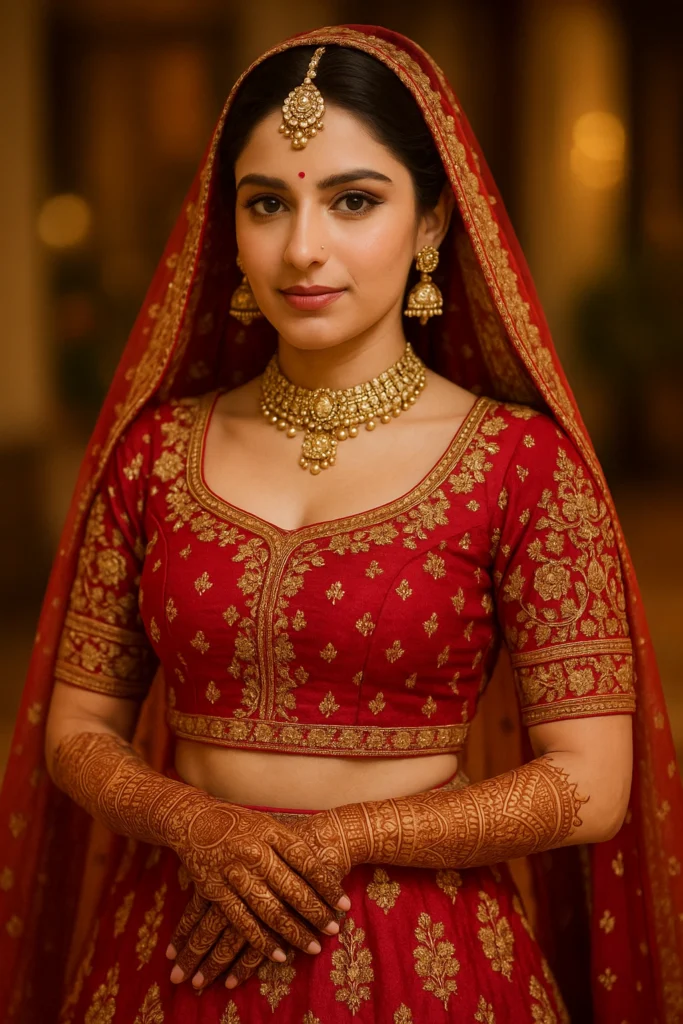
🧡 How to Apply Mehndi – Step-by-Step
- Mix the Paste: Use natural henna powder mixed with lemon juice, sugar, and essential oil. Let it rest overnight for best results.
- Fill the Cone: Transfer the paste into a plastic cone or use a pre-made one. The tip of the cone should be cut finely for better control.
- Prep the Skin: Wash and dry hands thoroughly before application. Avoid lotions or oils on the skin as they may block the dye.
- Apply the Design: Begin with outlines, then fill in the gaps with dots, spirals, and motifs. Work slowly and steadily.
- Dry Naturally: Let it stay on for 4–6 hours. Dab lemon-sugar mix every hour to keep it moist and enhance the stain.
- Remove: Gently scrape off dried mehndi and avoid water contact for 12–24 hours for the best color development.
🌟 Tips for a Dark and Long-Lasting Stain
- Leave the paste on overnight if possible for maximum darkness.
- Keep hands warm and avoid air conditioning while drying.
- Use clove smoke to enhance color depth by warming the skin slightly.
- Avoid water, soap, and detergent for the next day.
- Apply coconut or mustard oil after removal for stain protection and moisture.
💍 Mehndi for All Occasions
Bridal Mehndi
Bridal designs are highly detailed, symbolic, and time-intensive. They often include elements like dulha-dulhan portraits, kalash, mandap, and religious icons. The hands and feet are fully covered, and sometimes even elbows and knees are adorned. In some communities, hidden names and love quotes are also drawn within the design.
Festival Mehndi
Festive mehndi is lighter and quicker to apply. Floral patterns, leaf motifs, and bangles are common, often paired with ethnic attire to complete the festive look. Popular during Eid, Holi, and Navratri, these styles are vibrant and colorful.
Casual and Everyday Designs
For regular use, small motifs on fingers, back of hand, or wrist are popular. These add a touch of style without requiring professional help. Perfect for office wear or college-going students, these designs are stylish yet subtle.
Kids Mehndi
Children enjoy mehndi too! Cute designs like stars, butterflies, hearts, and animals are applied for school functions, birthday parties, and cultural days. Easy and quick, kids’ mehndi is all about fun and creativity.
📷 Mehndi in the Modern World
Social media has transformed mehndi into a global phenomenon. Influencers and artists showcase reels, tutorials, and design inspirations. From bridal makeup shoots to fashion editorials, mehndi is now an essential aesthetic element. Platforms like Instagram, Pinterest, and YouTube have helped spread this art across all continents. In fact, mehndi artists are now using live streaming and video calls to offer digital consultations to clients worldwide.
✒️ Mehndi as an Artistic Expression
Many consider mehndi an emotional and spiritual outlet. Artists express their individuality through patterns, symmetry, or personalized designs. Each motif tells a story—of culture, emotion, or creativity. Mehndi has now also entered the world of digital art, with apps and AI tools enabling people to design and preview mehndi before actual application. Some designers are even combining fashion sketches with mehndi planning to offer full bridal styling packages.
🌐 Future of Mehndi
As digital tools evolve, mehndi is being reimagined with augmented reality apps, digital skin overlays, and even NFT art. Yet at its core, mehndi remains a soulful tradition—a celebration of life and love. Whether drawn by hand or assisted by technology, it continues to inspire every generation.
✨ Conclusion
Mehndi is a timeless art form that beautifully blends tradition and modernity. From its cultural roots to today’s fashion-forward adaptations, mehndi continues to evolve and inspire. Whether you’re a bride, an artist, or simply a lover of tradition, there is a mehndi design that speaks to you. Let your hands tell a story—one filled with color, culture, and creativity. In every line, every curve, and every dot—mehndi celebrates the soul of beauty, grace, and artistic heritage.
Written by:
Anjali Mehta is a professional mehndi artist and cultural writer who has been exploring henna traditions for over a decade. Her content blends traditional wisdom with modern styling for today’s generation of brides, artists, and enthusiasts.
